What is a Forward Facing Car Seat?
A forward facing car seat is designed for toddlers and older children. It allows the child to sit facing the front of the vehicle. These seats use a harness system to securely hold the child during car rides. They provide additional protection by distributing crash forces evenly across the strongest parts of a child’s body.
Key Features of Forward Facing Car Seats
- Harness System: Uses a five-point harness to secure the child comfortably and safely.
- Adjustable Settings: Offers adjustable straps and headrests to accommodate growing children.
- Enhanced Safety: Built with side-impact protection to minimize injury during accidents.
- Weight Capacity: Supports higher weight limits compared to rear facing seats.
- Comfort Features: Includes padded seating and recline options for added comfort.
Differences Between Rear Facing and Forward Facing Seats
- Orientation: Rear facing seats face the back of the vehicle, while forward facing seats face the front.
- Age Group: Rear facing is recommended for infants and toddlers, while forward facing is for older children.
- Harness Design: Forward facing seats often have more advanced harness systems.
- Safety Approach: Rear facing seats protect the neck and spine by absorbing crash forces differently.
- Visual Engagement: Forward facing seats allow children to see more of their surroundings during rides.
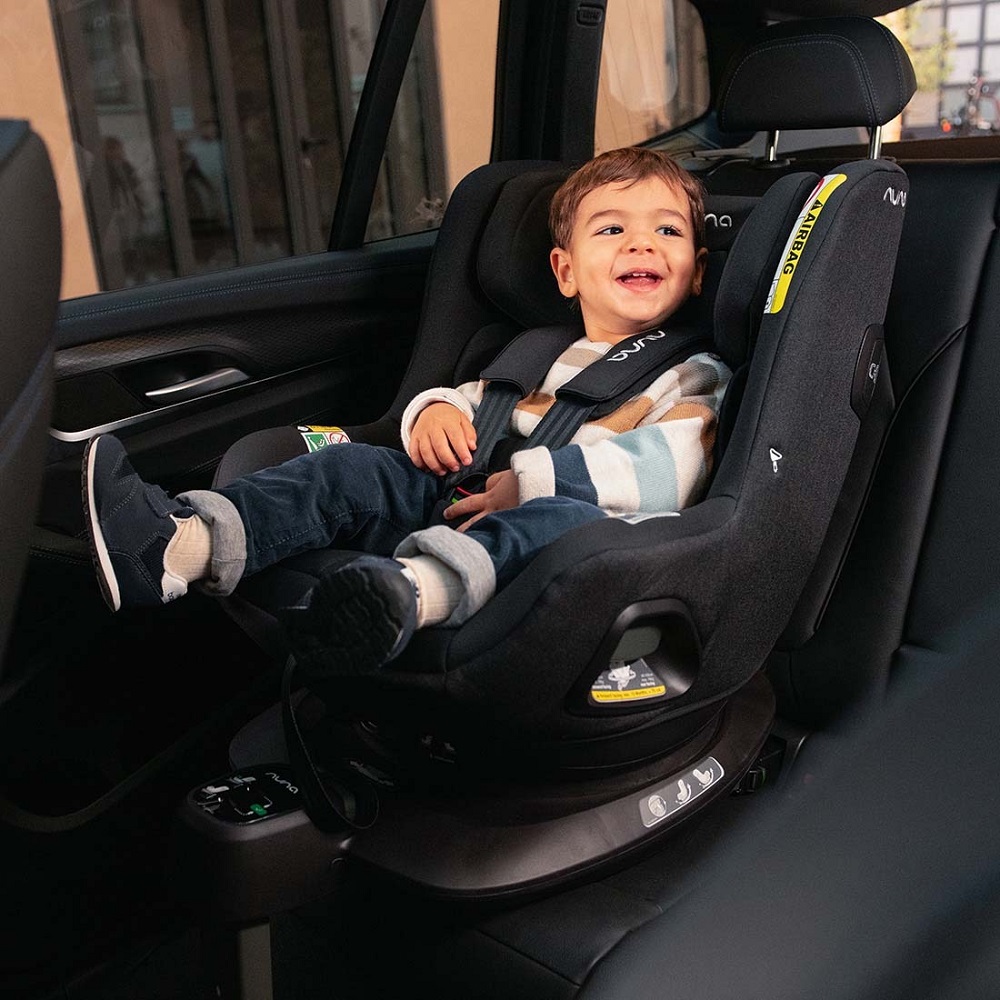
Why Transition to a Forward Facing Seat?
Transitioning to a forward facing car seat is a crucial step in your child’s safety journey. These seats are specially designed for older children who have outgrown their rear facing seats. Forward facing seats offer added security by using advanced harness systems and protective features. Understanding when and why to make this switch is essential for ensuring your child’s well-being.
Age and Weight Guidelines for Transition
Moving your child to a forward facing car seat depends on age and weight milestones. Experts recommend keeping children in rear facing seats for as long as possible. Typically, children can transition after turning two years old or when they exceed the height and weight limits of their rear facing seat. Each car seat model comes with specific guidelines, so always check the manufacturer’s instructions. For forward facing seats, children can usually transition once they weigh at least 22 pounds and are tall enough for the harness to fit correctly. Following these guidelines ensures optimal safety.
Safety Considerations During the Transition
Safety should always be a top priority when transitioning to a forward facing car seat. Ensure the car seat is installed using the appropriate method, such as the LATCH system or seat belt. Verify that the harness fits snugly across the child’s chest and shoulders. A properly-positioned harness can reduce the risk of injuries during accidents. It’s also vital to place the car seat in the back seat of the car, which is the safest spot for children. Regularly inspect the seat for wear and tear, and check for recalls to ensure quality and reliability. Educating yourself about these safety measures can make the transition smooth and safe for your little one.
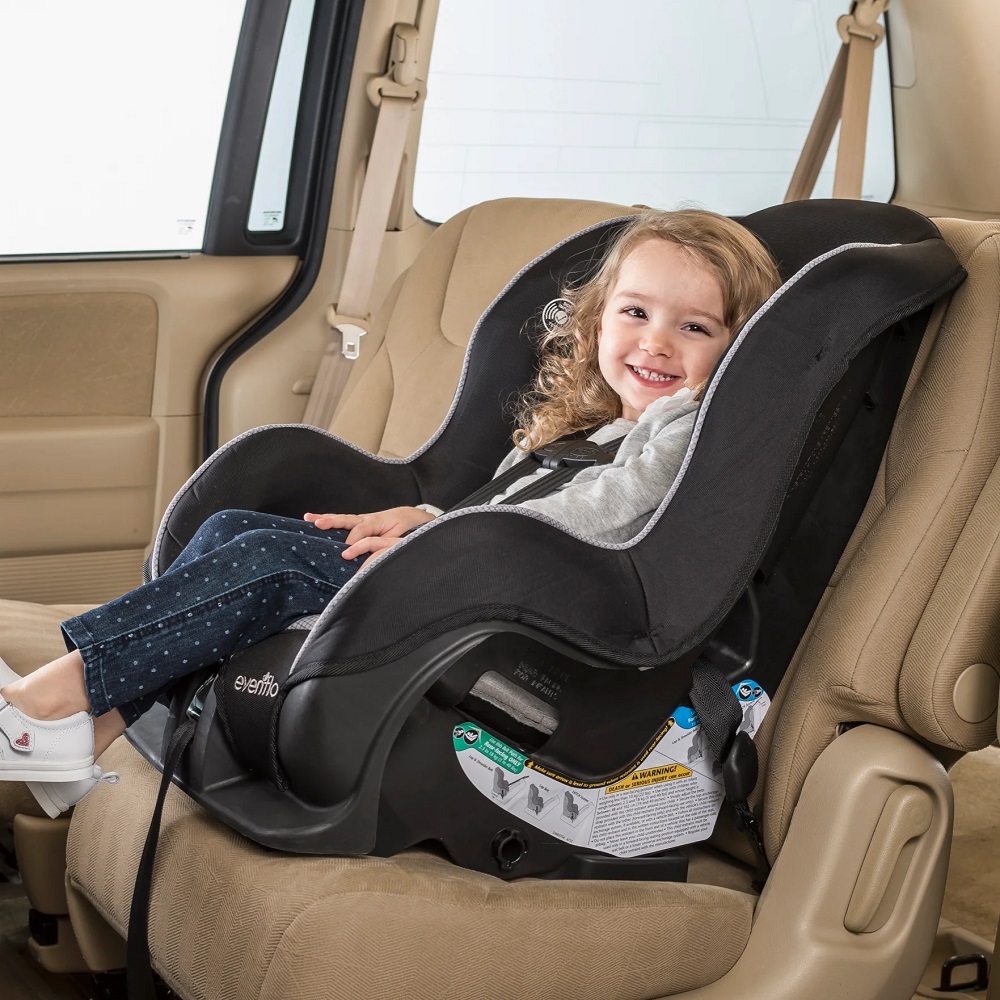
Types of Forward Facing Seats
Forward facing car seats come in different types to suit various needs and preferences. Understanding these types helps parents select the best option for their child’s safety and comfort. Each type offers unique features that can accommodate a growing child.
Combination Car Seats
Combination car seats are designed for versatility. They start as forward facing seats with a five-point harness but later convert to booster seats. These seats cater to children who have outgrown their rear facing seats but are not yet ready for a standard booster.
Key Features:
- Suitable for toddlers transitioning from rear facing seats.
- Converts to a high-back booster for older kids.
- Offers higher weight limits for extended use.
- Compact design fits into smaller vehicles.
Combination seats offer long-term use and value. They focus on safety while maintaining comfort and practicality.
Convertible Car Seats
Convertible car seats are highly flexible. They can switch between rear facing and forward facing modes, accommodating children of different age groups. These seats are ideal for families seeking a one-time investment.
Key Features:
- Functions as both rear and forward facing seats.
- Supports higher weight limits for both modes.
- Adjustable harness and headrest for growing children.
- Durable build for extended use.
Convertible seats adapt to a child’s needs, eliminating the need to purchase multiple seats during their early years.
All-in-One Car Seats
All-in-one car seats are the ultimate multi-purpose option. They transform from rear facing, to forward facing, to booster mode. These seats are a lifetime solution for parents wanting convenience and longevity.
Key Features:
- Covers all car seat stages: rear facing, forward facing, and booster.
- Long-lasting design ensures use for many years.
- Provides extensive safety and comfort features.
- Ideal for parents seeking a single solution.
All-in-one seats eliminate the hassle of switching to new seats as the child grows, making them a popular option for many families.
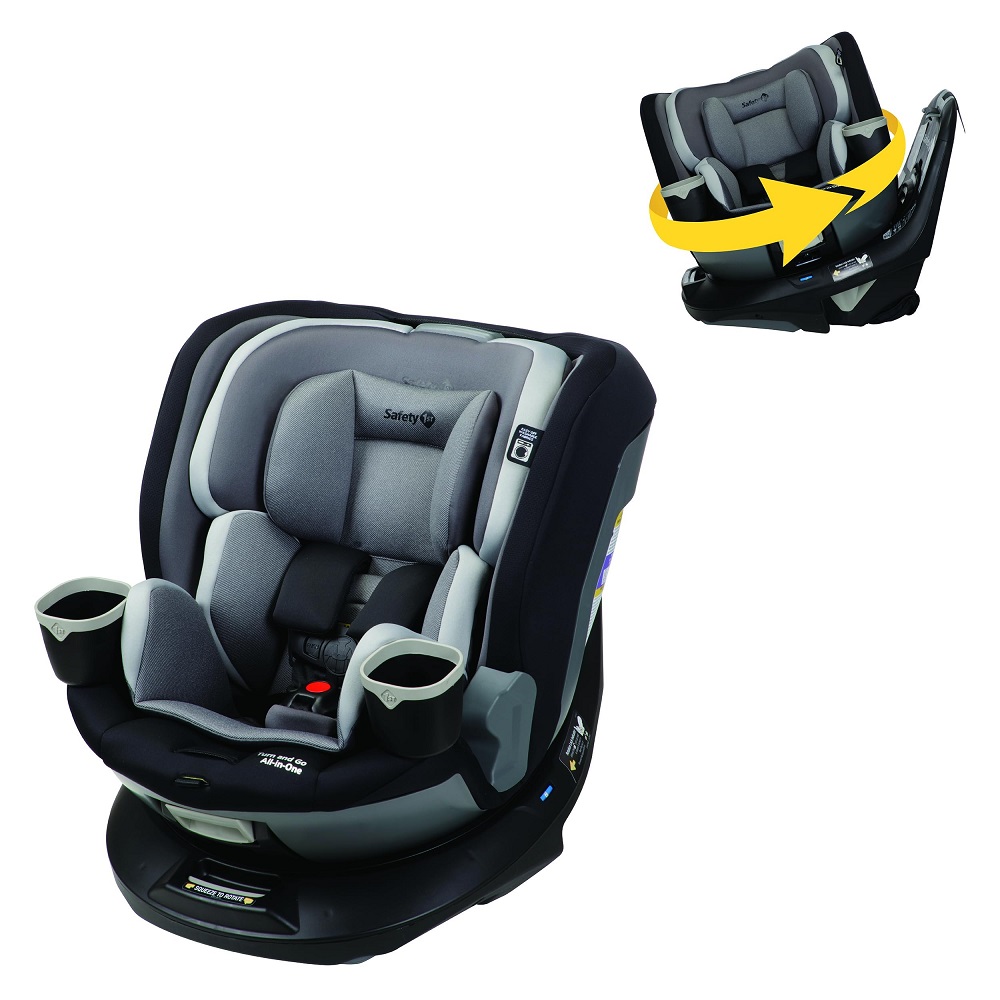
How to Properly Install a Forward Facing Seat
Installing a forward facing car seat correctly is vital for your child’s safety. Proper installation ensures the seat remains secure during rides. Below are key considerations and steps to help you install the seat effectively.
Common Installation Methods
- LATCH System: Most modern vehicles have LATCH anchors. Attach the car seat straps to these anchors. Ensure the straps are tight for a secure fit.
- Seat Belt Installation: Use the vehicle’s seat belt to secure the car seat if you can’t use LATCH. Thread the belt through the seat’s designated path and tighten it firmly.
- Top Tether Anchor: Connect the top tether strap of the car seat to the vehicle’s anchor point. This reduces forward movement during crashes.
- Combination Method: Some prefer using both the LATCH system and the seat belt. However, follow the car seat’s manual to confirm compatibility.
Tips to Ensure Proper Installation
- Read the Car Seat Manual: Always refer to the manual for specific installation instructions.
- Inspect the Vehicle Manual: Check your vehicle’s manual for seat locations and anchor points.
- Ensure Tight Fit: Test the seat’s installation by giving it a firm shake. It should not move more than one inch.
- Positioning: Place the forward facing car seat in the rear seat of your vehicle. The center seat is the safest.
- Double-Check Angle: Ensure the car seat reclines at the correct angle to keep your child comfortable.
- Seek Professional Help: Visit a certified car seat technician for help with installation.
- Regular Checks: Periodically inspect the seat straps and connections for wear or looseness.
Correct installation protects your child and ensures peace of mind during every ride.
Safety Tips for Using Forward Facing Car Seats
Forward facing car seat is designed to keep kids safe during car rides. However, proper usage is essential to maximize their safety features. Following these safety tips ensures your child remains secure and comfortable in the car.
Ensuring Harness Fit and Positioning
- Adjust the Harness Properly: Ensure the harness fits snugly without being too tight.
- Harness Height: Position the harness straps at or above the child’s shoulders.
- Chest Clip Placement: Place the chest clip at armpit level for optimal safety.
- No Loose Clothing: Avoid bulky jackets that can interfere with harness fitting.
- Check Regularly: Inspect the harness fit every time your child is in the seat.
Proper harness fit reduces the risk of injury in case of sudden stops or crashes.
Checking Expiry Dates and Recalls
- Know the Expiry Date: All car seats have an expiration date due to wear and tear. Locate this date on the seat label.
- Check for Recalls: Regularly check for any recalls related to your car seat model.
- Inspect the Seat: Look for cracks, broken parts, or loose connections that can compromise safety.
- Replace After an Accident: Always replace the car seat if it has been involved in a crash.
- Avoid Used Seats: Do not use second-hand seats unless you know their complete history.
Tracking these safety considerations ensures the reliability of your forward facing car seat. Prioritize regular checks to safeguard your child during every ride.
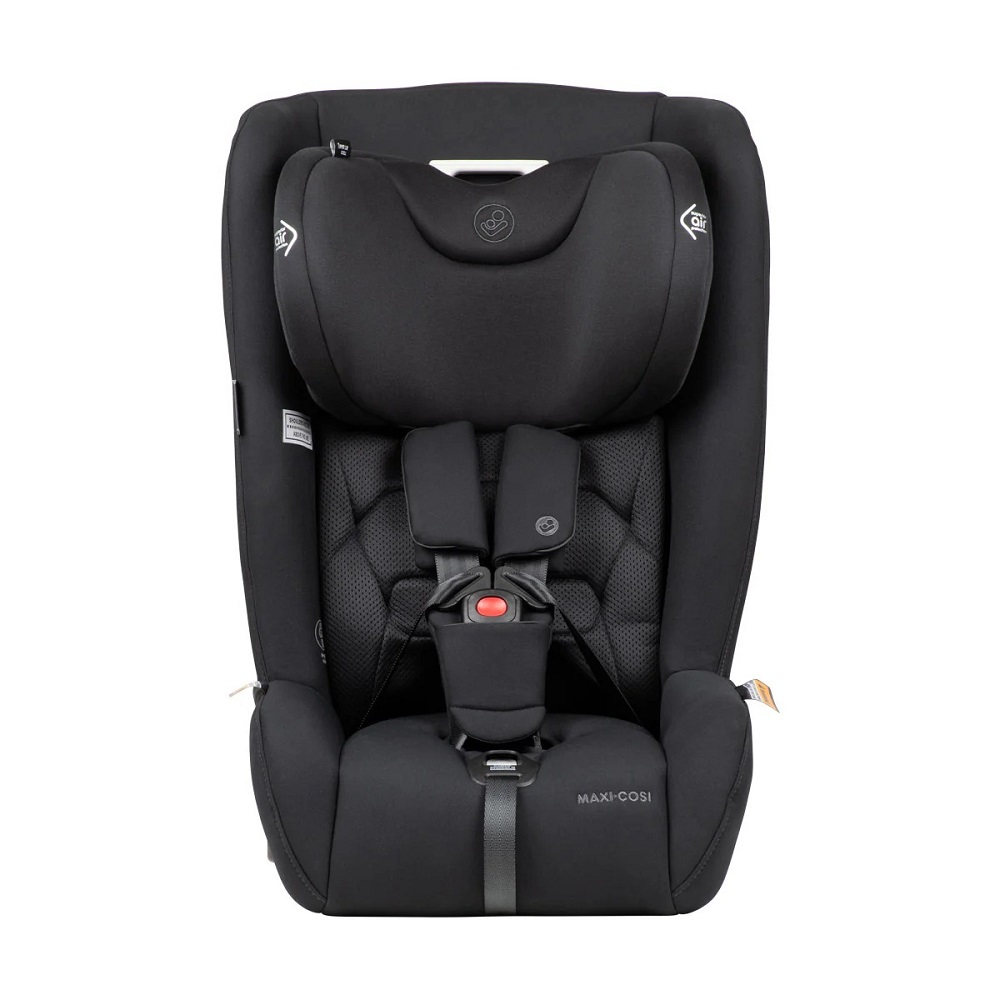
Legal Requirements and Recommendations for Forward Facing Seats
Understanding the legal requirements and expert recommendations for forward facing car seats is essential. These guidelines ensure your child travels safely and legally. Different states and countries have varying laws, and pediatricians offer valuable safety tips.
State and Country-Specific Regulations
- Age and Weight Laws: Most places require rear facing seats until age two or weight of 22 pounds.
- Forward Facing Age Limits: Laws dictate when children can switch to forward facing seats. Check local regulations.
- Positioning Requirements: Many regions recommend placing car seats in the back seat.
- Seat Certification: Ensure the car seat meets safety standards approved by authorities in your region.
- Fines for Non-Compliance: Failing to follow the rules may incur penalties or fines.
It’s important to always consult your state or country’s traffic safety website. This ensures you comply with the latest regulations. Legal standards prioritize your child’s safety during every car ride.
Recommendations from Pediatricians and Safety Organizations
- Extended Rear Facing: Pediatricians encourage rear facing seats for as long as possible, often until age three.
- Harness Use: Experts recommend using the five-point harness beyond the legal minimum age or weight.
- Placement Preferences: Pediatricians stress placing forward facing seats in the rear, away from active airbags.
- Education Campaigns: Organizations like the American Academy of Pediatrics educate parents on proper installation and use.
- Regular Checks: Safety groups advise inspecting straps and buckles periodically to ensure proper fit.
- Professional Assistance: Certified car seat technicians can verify correct installation and provide guidance.
Following these trusted recommendations complements legal requirements. Doing so enhances your child’s protection, ensuring safe journeys every time.
Top-Rated Forward Facing Car Seats to Consider
Choosing the perfect forward facing car seat ensures safety and comfort for your child. With many options available, it’s important to understand key features and trusted brands before making a purchase decision.
Features to Look for When Choosing a Seat
When searching for top-rated forward facing car seats, prioritize safety, comfort, and durability. Here are essential features to consider:
- Five-Point Harness System: Offers maximum security by distributing forces evenly across your child’s body.
- Side-Impact Protection: Protects your child’s head and torso in case of an accident.
- Adjustable Components: Includes height-adjustable harnesses and headrests to accommodate a growing child.
- Weight Limit Range: Check if the seat supports extended usage as your child grows.
- Ease of Installation: Look for LATCH-compatible seats or those with clear installation guidelines.
- Comfort Add-ons: Features like padded seating, cup holders, and recline options ensure a pleasant ride.
- Verified Safety Standards: Choose seats that meet or exceed federal safety regulations.
Considering these features will help you make an informed and reliable decision for your child’s safety and comfort.
Reviews of Popular Brands and Models
Some forward facing car seats consistently receive praise for their quality and safety. Here are a few top-rated options to consider:
- Graco 4Ever DLX 4-in-1 Car Seat: Known for its durability and versatility, this seat transitions from rear facing to booster mode. It offers excellent side-impact protection and is easy to install.
- Britax Grow With You ClickTight: This model features their ClickTight install system, making it user-friendly and secure. It also includes strong side-impact protection for optimal safety.
- Evenflo Maestro Sport Harness Booster: A budget-friendly option that converts to a booster seat. It’s lightweight and compact, perfect for smaller cars.
- Chicco MyFit Harness + Booster: This seat prioritizes comfort with a padded design and adjustable recline settings. It also features superior impact protection.
- Diono Radian 3RXT: A slim-fit design that’s ideal for families needing multiple car seats in one vehicle. It supports extended harness usage and folds for travel convenience.
Each of these models offers unique features and benefits, catering to various family needs and budgets. Researching reviews and comparing specifications will help you find the best fit for your child.
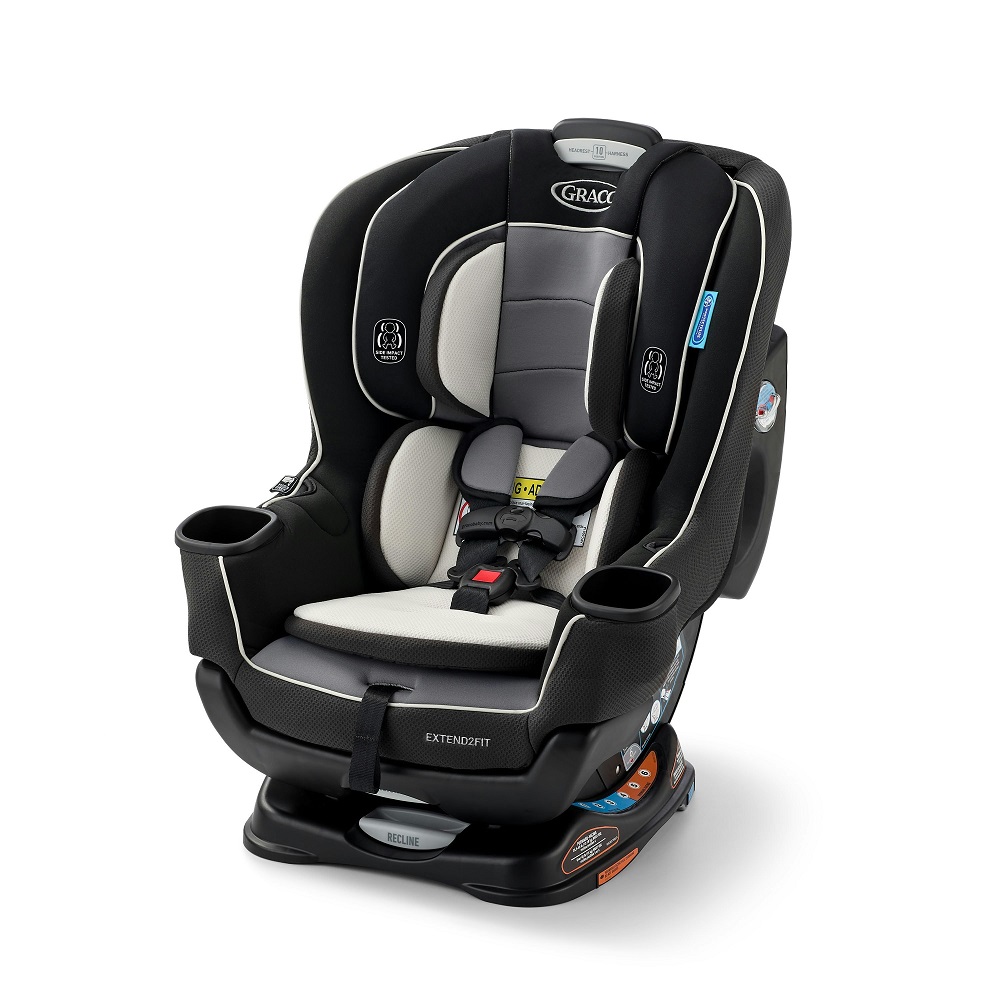
Frequently Asked Questions About Forward Facing Seats
When Should I Transition My Child to a Forward Facing Seat?
Children should transition once they outgrow their rear facing seat’s height or weight limit. Experts recommend waiting until the child is at least two years old. Some rear facing seats can accommodate toddlers longer, offering extended safety for their neck and spine. Always check the car seat manufacturer’s guidelines for specific recommendations. Transitioning too soon can increase the risk of injury during accidents. Monitor your child’s growth carefully to decide the right time.
How Long Can a Child Use a Forward Facing Seat?
Forward facing car seat is designed to accommodate growing children for an extended period. Most models support children until they weigh 40-65 pounds, depending on the seat. Some even provide higher weight limits, allowing prolonged use. Ensure the harness fits properly and does not exceed the height restriction. Pediatricians suggest keeping children in forward facing seats until they are ready for a booster seat. Always refer to the manufacturer’s instructions for precise usage limits and safety guidelines.
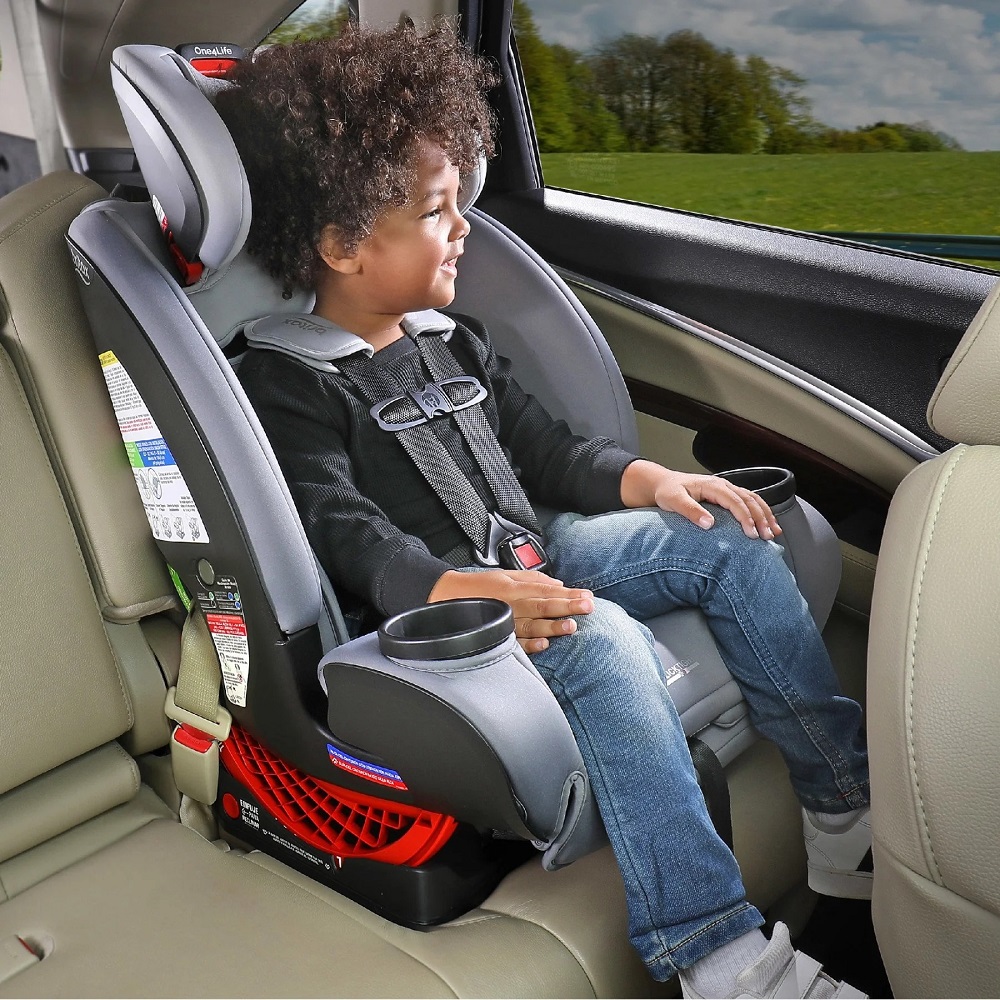
Leave a Reply